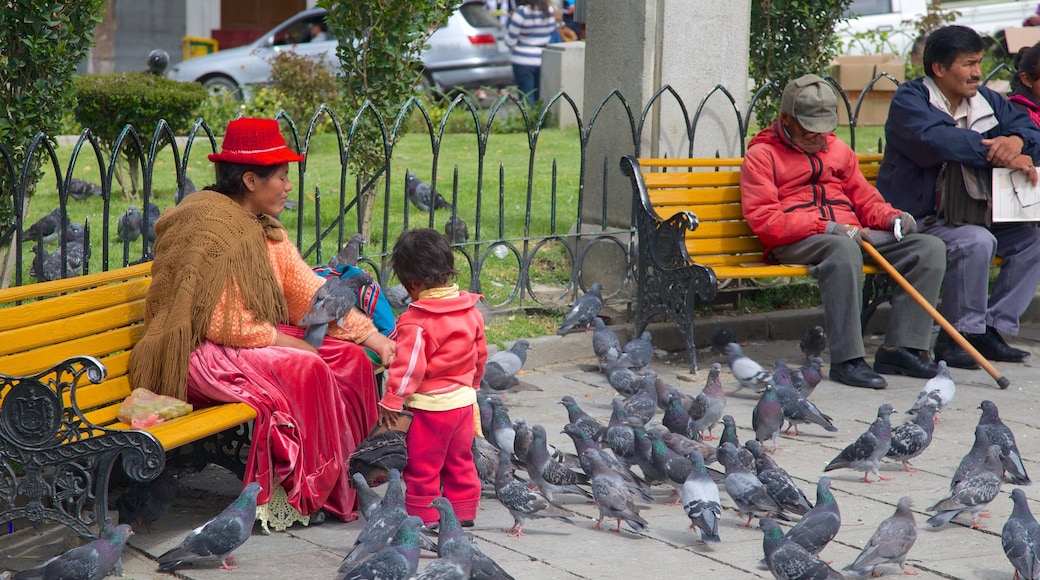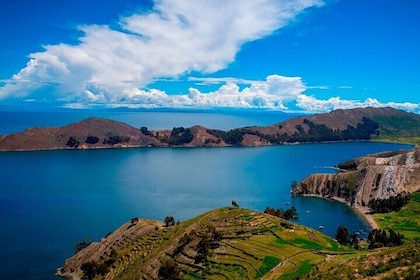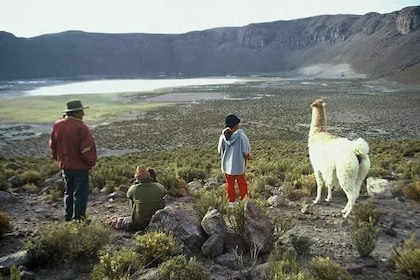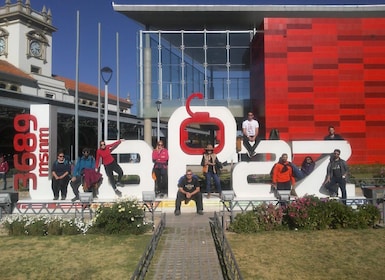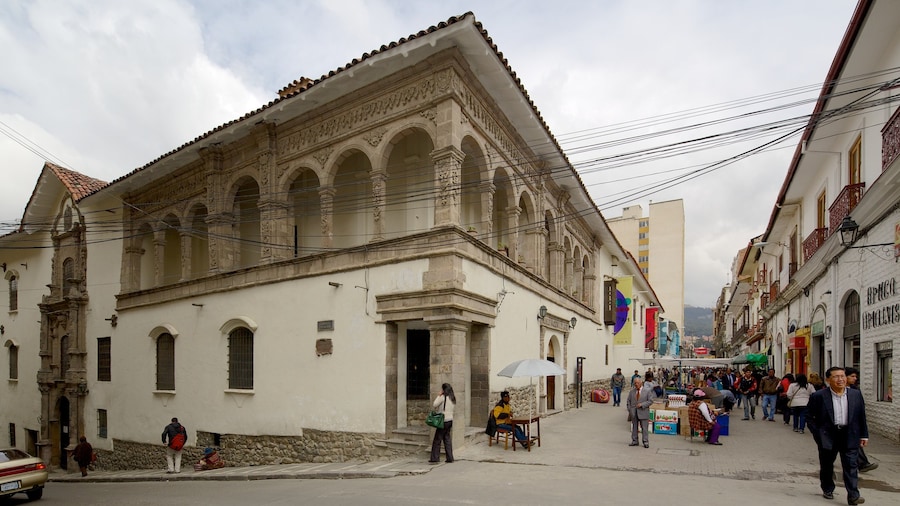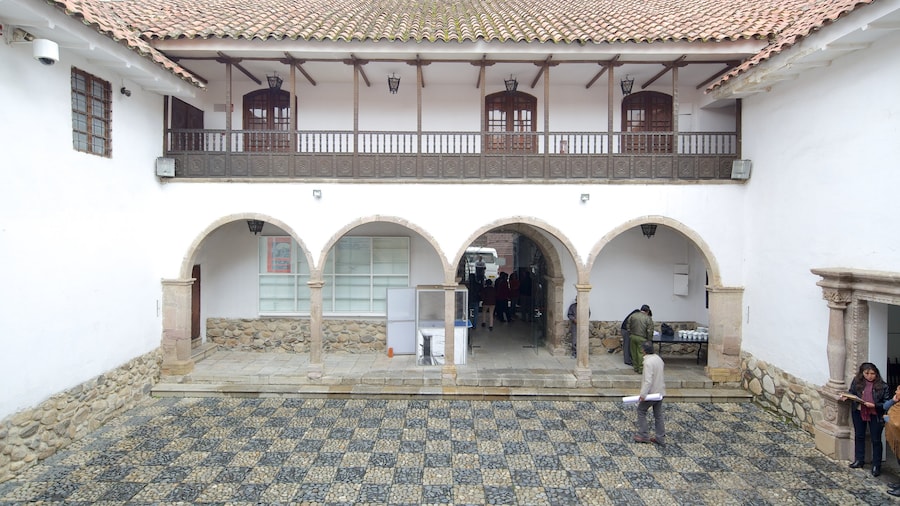The home of Bolivia’s president, Congress and much of itsmost prized national art can be found around this central square.
Encircled with stately colonial-era palaces, Plaza Murillois the historical heart of La Paz and the political centre of Bolivia. While thesquare is named after the revolutionary leader Pedro Domingo Murillo, it hasbeen the city’s central square since colonial times. Tour the governmentbuildings, visit a national art museum and enjoy the shade from the ring oftrees around the square.
Both the legislative and executive branches of Bolivia’sgovernment have their home in Plaza Murillo. Look to the plaza’s eastern sideto see the Palacio Legislativo, the seat of the Bolivian Congress. Four pillarsline the façade, and an ancient cupola crowns the 19th-century structure.Before it was home to Bolivia’s legislature in the early 1900s, the PalacioLegislativo served as a convent and then the headquarters of a university. OnPlaza Murillo’s south side, find the Presidential Palace. Guards dressed inantique military garb stand before the yellow building.
From the Presidential Palace, head next door to theneoclassical Cathedral Nuestra Señora de La Paz, the city’s main cathedral.Admire its dual bell towers and stained-glass windows.
Find the Palacio de los Condes de Arana, which is locatednearby. This 18th-century structure holds Bolivia’s National Museum of Art,featuring works by some of the nation’s most famous artists. See sculptures byMarina Núñez del Prado and colonial-era paintings by Melchor Pérez Holguín.
Explore the open space of the square. See a statue of thesquare’s revolutionary namesake, which stands high above the centre of theplaza. Another Plaza Murillo statue is a bust of Gualberto Villarroel, theformer Bolivian president overthrown, murdered and hanged from a lamppost onthe square in 1946.
Look for Aymara women, who often meet at Plaza Murillo. Theycan be identified by their traditional bowler hats, shawls and skirts.
Reach the centrally located square on foot, by taxi or viashared mini bus from anywhere in the city.




